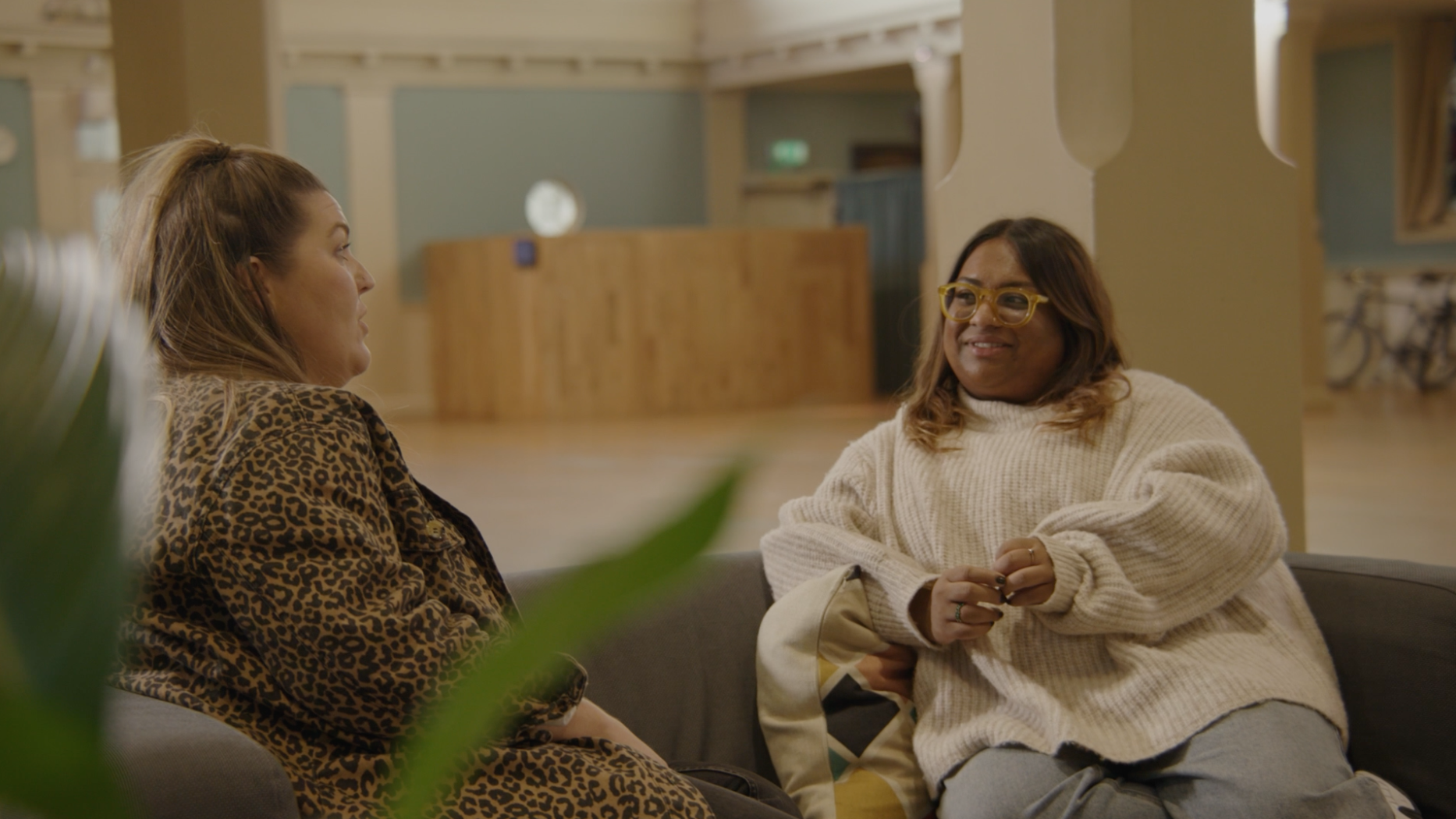
40% of UK adults are single
40% of UK adults are single
40% of UK adults are single. That may seem surprising to you, but the 40% figure came out of research and is across all age groups. Here’s how it breaks down and what we can learn from it.
Where does the 40% come from?
The 40% figure comes from a socio-demographically balanced survey that YouGov plc ran late in 2014 of 7,212 people (three times higher than their standard 2,000 samples, which are widely reported in the media).
Is it really 40%?
If you include all those never married, along with the divorced, separated and widowed, who are not cohabiting, then YouGov found the numbers just over 40% and the latest Office for National Statistics just under 40% (see technical note).
Within a percentage point, 50% of adults are married, 10% living as a couple (either never or previously married) and 40% single.
As many over-40s as under-40s
One would expect that the most numerous singles are those below the average age of first marriage, 30. In fact, half the single people are aged over 37.5, with the fastest growing being the 50-64 year olds, who often choose not to remarry after divorce or widowhood.
Increasing in every age group
The move towards singleness is a large and long-term trend in society.
More are choosing to remain on their own.
Each year people are marrying later.
More remain single after divorce.
Living longer means more widowed.
Over age of 50, more single people are previously married
The number of those who never marry or cohabit is rising, but also the divorced or widowed. Around the age of 50, the number of the latter are greater than the never married.
Men more likely to live with parents
Single young men tend to live with their parents more than single young women — 32% of males aged 20 to 34 years live with their parents compared with only 20% of females aged 20 to 34 years.
1 in 6 adults live on their own
More people live on their own and many feel isolated — 16.2% of the adult population. This matters because mental health and well-being are strongly related to social contact.
From 16 to 64 years a larger proportion living on their own were male (58.5%); and above 65 a larger proportion (66.5%) were female.
Singles under-represented in churches
Regular church-goers do not include 40% single people. They are under-represented. The majority 60% are married, compared to less than 50% in society who are married living together. Society is changing, but the church is not yet reflecting this shift.
Because they are in the majority, married people understandably tend to be the focus of attention. Many single people say they can feel excluded and choose not to attend (we found in a major survey of 3,000 single Christians).
In the 25 to 40 age group, 13% of all married adults attend church at least once a month, but only 5% of single people. Single people appear to leave between 25 to 30 years of age.
The church is missing out on a major segment of society, particularly single men. Greater numbers bring more life and resources into the church. Many also have energy and flexible time to contribute ministries that could not otherwise be easily done — for example, those that take place shortly after work or late in the evening.
One of the top reasons given for the value of being Christian while single is the community aspect of church. One would hope that church would be a great place for those who would otherwise be isolated — not, as they often experience, recipients of charity and good works, but inclusion into the community of faith and celebrated as part of it.
Technical note
Data from the YouGov survey is available on the website: https://www.singlefriendlychurch.com/research/yougov
The Office for National Statistics now produces annual estimates on marital status and living arrangements and household composition, from which graphs are derived:
There are few differences between the YouGov survey and the Office for National Statistics estimates, noting that YouGov data covered all Great Britain (E+W+S), ONS only E+W. Both have the percentage of married adults living together as below 50%.
The percentage of cohabiting couples which YouGov reported as 10% in 2014 is estimated by ONS as 12% in 2014 and 12.6% for 2017. This affects their estimates for numbers of single people.
Where possible, data is given in the bands <30, 30-44, 45-59, 60-69 and 70+, as our statistical research showed the key changes in single Christian attitudes lay at 30, 45 and 60 years of age.
More research
What percentage of churchgoers are single?
Gender imbalance in church - does the church need more men?



